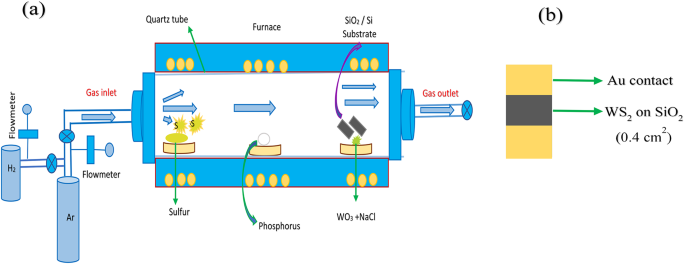Revolutionizing Hydrogen Generation: The Potential of Transition Metal-Based Dichalcogenides
Key Ideas
- Transition metal-based dichalcogenides (TMDCs) like WS2 show high catalytic activity for hydrogen evolution, offering a sustainable and cost-effective option for large-scale hydrogen production.
- Innovative strategies including metal and non-metal doping, surface engineering, and chemical processes are enhancing the catalytic performance of TMDCs, particularly WS2, for efficient water splitting.
- CVD synthesis, utilizing tungsten oxide powders and halide salts like NaCl or KI, is a promising technique for large-scale preparation of TMDCs such as WS2, offering high efficiency and good quality synthesis.
- Phosphorus doping into the S-W-S nano-layer of WS2 creates new active sites for reactions, optimizing both electronic and geometric properties of the catalyst, crucial for enhancing hydrogen evolution performance.
The article discusses the potential of transition metal-based dichalcogenides (TMDCs), particularly focusing on WS2, as efficient catalysts for hydrogen evolution through water splitting. It highlights the importance of finding sustainable and cost-effective alternatives to platinum-group metals for large-scale hydrogen production. Various innovative strategies such as metal and non-metal doping, surface engineering, and chemical processes are being employed to enhance the catalytic performance of TMDCs. Specifically, doping with elements like zinc and tellurium has shown promising results in improving the electrochemical activity of WS2. Phosphorus doping is also identified as a key method to optimize the catalyst's performance by creating new active sites for reactions. The article explores the synthesis of TMDCs, emphasizing the chemical vapor deposition (CVD) method using tungsten oxide powders and halide salts like NaCl or KI for efficient and quality-controlled production. The addition of trace amounts of hydrogen in the CVD process further enhances the quality of WS2 synthesis. Overall, the research signifies the growing interest in TMDCs as catalysts for hydrogen evolution and the potential of these materials to revolutionize the field of renewable energy and sustainable hydrogen production.
